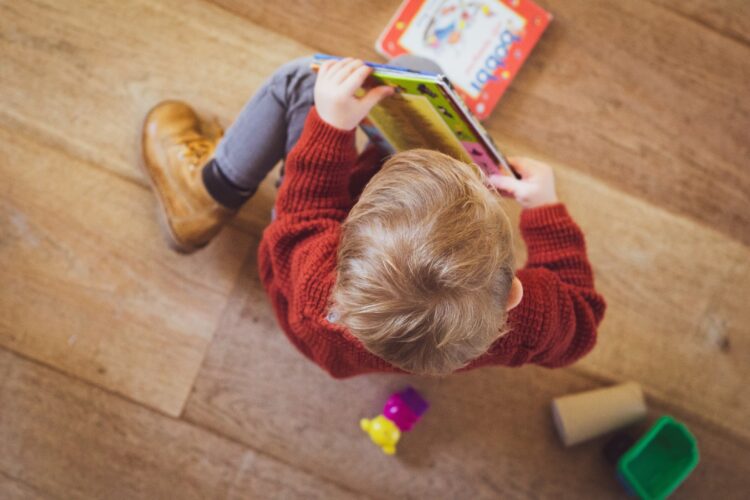The Controversy and Successful Implementation of ABA Therapy
Applied Behavioural Analysis or ABA is a controversial therapy for children with autism – some say it is gold standard and others criticize the methods.
It is used for children with autism spectrum disorder and other developmental conditions in a bid to help them learn new skills. These skills could be learning to speak or do day to day activities or it could be to help control aggression or stop self-harm activity.
Children undergoing ABA work with a team of specialists to implement the therapy who monitor the progress closely. The team will tweak and change their treatment approach on almost a daily basis to reflect how the child is responding to treatment.
ABA is based on behavioural theories and was first used by Dr Ivar Lomaas back in 1987. It is based on the belief that social and behavioural skills can be taught through a system of rewards or consequences.
There is a strong divide over the treatment – some believe that it had been proven to be a huge success and critics say that it is disrespectful and damaging to children.
Dr Lovaas believed that behaviour could be taught, even to severely autistic children. Those who use the treatment believe that autism is a behavioural issue and the ‘symptoms’ can be reduced or eradicated.
Dr Lovaas’ approach inflicted certain punishments on children who did not respond to the treatment, but in today’s society the system as evolved and punishments have now been replaced by withholding of treats and rewards, such as favourite toys or favourite foods.
Ultimately, it was found that intense therapy over many years using this approach has found to change the way autistic children behaved most of the time and many lost their autism diagnosis.
What does ABA really do?
There are some common uses for ABA and some parents and therapists use it to stop tantrums that can be more common in autistic children. ABA teaches them to sit quietly and use words to get what they want, rather than outbursts. It can be used to help children to brush their teeth properly or to share with friends. But many believe it can really help children to have a better experience at school and prepare them for better experiences in adult life.
Who carries out ABA therapy?
Like many types of therapy, it is important to find the right therapist for a child. Different personalities will respond to different therapists depending on their approach and how they speak and behave with the child. That is the important first step or something to consider if the child is not responding the therapy. Monitor how the child is responding to the therapist – whether it is with smiles and excitement or aggression and tantrums. Most therapists are now trained to be animated and fun and over the top to help make the child feel comfortable and to encourage engagement.
Parents must make sure the person in charge of the ABA therapy is a board-certified analyst. Then there will be therapists and registered behaviour technicians who will work under the supervision of the analyst to implement the agreed treatment protocol.
How does ABA therapy work?
Dr Lomaas’ method started with a very simple exercise asking children to carry out simple task. If the child completed the task, they were rewarded. If they didn’t complete the task they didn’t receive a reward and had to repeat the task.
In the past, techniques like electric shock therapy were used to punish children who did not implement the task correctly.
Most ABA therapy is now very much play based to make it a good experience for the child. It could be something like picking up an item or a toy. For example, the therapist might have a red and yellow toy car in front of her, and the children will be asked to pick up the yellow one. Then they are asked to evolve the language relating to the car. So they might be asked a question about the car and the therapist will expect them to respond to that question using a well formed sentence. For example, “I would like the yellow car.”
As the child masters simple tasks, the therapy evolves and the child is asked to undertake more and more challenging activities. Therapists now use social settings that children will need to know how to encounter as they grow up as places to teach the skills. Rather than being classroom based, activities will take place in playgrounds, cafeterias or community settings that will make the therapy relevant to real life.
Treats that are offering might be anything from a high five to their favourite food. It is usually something that is relevant to the children for it to be effective.
Most children are given 10 to 20 hours of ABA therapy a week to help them develop.





